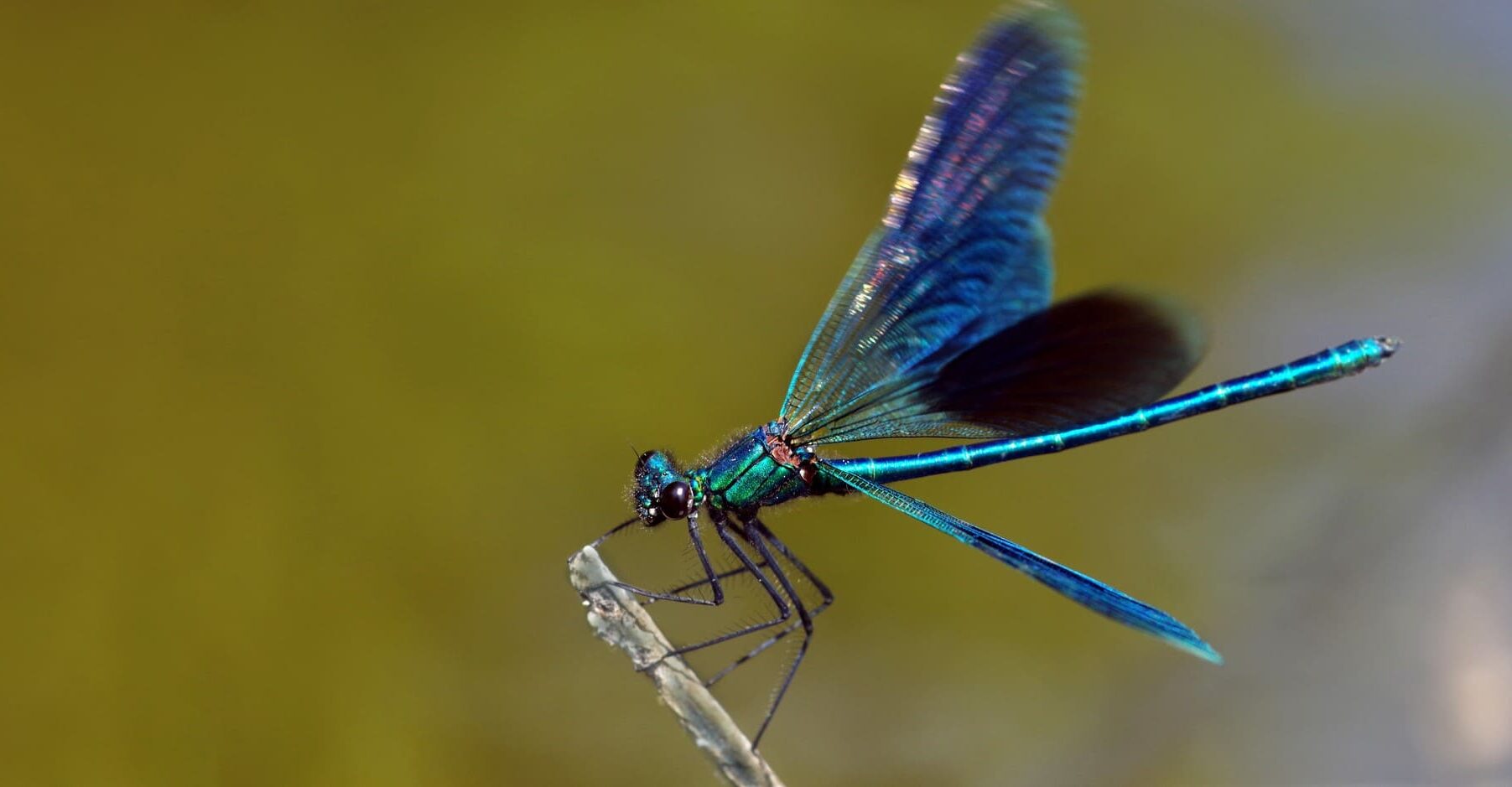Loose Freshwater ecosystems are a subset of the planet’s aquatic ecosystems.. These include lakes, streams, ponds, wetlands, rivers, springs, peat bogs and swamps. They differ from marine ecosystems in that the latter’s water contains more salt.
Nasty freshwater biodiversity There are five major threats: Water pollutionthe invasion of exotic species, the overexploitation and drying of wetlands, the destruction or degradation of natural habitats and the alteration of the flow and course of currents.
Endangered freshwater fauna
Freshwater covers less than 1% of the Earth’s surface, but is home to more than 10% of all known species, including a third of the vertebrates and half of the fish. These ecosystems provide multiple benefits, such as maintaining the nutrient cycle, controlling flooding and mitigating climate change. However, even though They are currently seriously affected by the loss of biodiversityno exhaustive assessments have been carried out of the risks of extinction of the species they inhabit.


A new analysis, published in Nature this week by the International Union for Conservation of Nature (IUCN), identified the main threats. “Our dataset includes approximately 23,500 species, which occur across the planet in different habitats and face different threats. According to our work The most common for freshwater animals are pollution, dams and water extraction, agriculture and invasive species.“, Catherine Sayer, Director of the IUCN Freshwater Biodiversity Unit, explains to SINC.
The research covers decapod crustaceans, fish and odonates (an order of insects that also includes dragonflies and damselflies). In general About a quarter of these species are threatened with extinctionand decapods have the highest percentage of threatened species (30%, compared to 26% for freshwater fish and 16% for odonates).
“We took the global evaluation data from the website The IUCN Red List of Threatened Species™ on freshwater decapod crustaceans, odonates and fish,” the researcher explains.
In the specific case of Europe the Scientists believe that 34% of species are threatened with extinction and 12% in our country. “In Spain, the European eel is a critically endangered freshwater fish and the European sturgeon is extinct,” says Sayer.
Of the species studied, 54% of threatened species are believed to be affected by pollution, 39% by dams and water extraction, 37% by land use change and associated impacts of agriculture, and 28% by invasive species and diseases.
Reduce biodiversity loss
Las Endangered species are species that are at high risk of extinction in the wild.. These categories are assigned to a species by applying quantitative criteria to the available data on the species and looking specifically for signs of extinction, such as restricted ranges, declining populations and small populations.
“It is necessary to reduce the impact of these activities on habitats and freshwater species to prevent further declines and extinctions. Our research underlines the importance of applying for jobs specific conservation and management measures for these living creatures, rather than assuming that conservation measures for terrestrial tetrapods (amphibians, birds, mammals and reptiles), which are usually the focus of conservation measures, will be sufficient to conserve freshwater species. This is not the case due to the difference in important habitats and threats between the two groups,” the scientist emphasizes.
According to experts, the disappearance of species from this environment will disrupt interactions between fauna in freshwater ecosystems and lead to their collapse. “Negative impacts on freshwater habitats will affect much of life on Earth. In addition, These ecosystems provide important services and their deterioration will reduce their ability to provide them.. In addition, freshwater supports the economy and livelihoods of billions of people around the world,” Sayer continues.
This is the first publication in which the dataset on this type of fauna is analyzed. “As such, we cannot look back on past trends because this is a starting point. He The purpose of the IUCN Red List is to revalue species every 5 to 10 years to monitor the evolution of the state of biodiversity,” says the researcher.
The results of the work highlight the There is an urgent need to address the threats to prevent further declines and losses of species. “In the future, we plan to re-evaluate all the studies we have already examined and once this is done we will be able to run the analysis again to see the trends,” he concludes.

